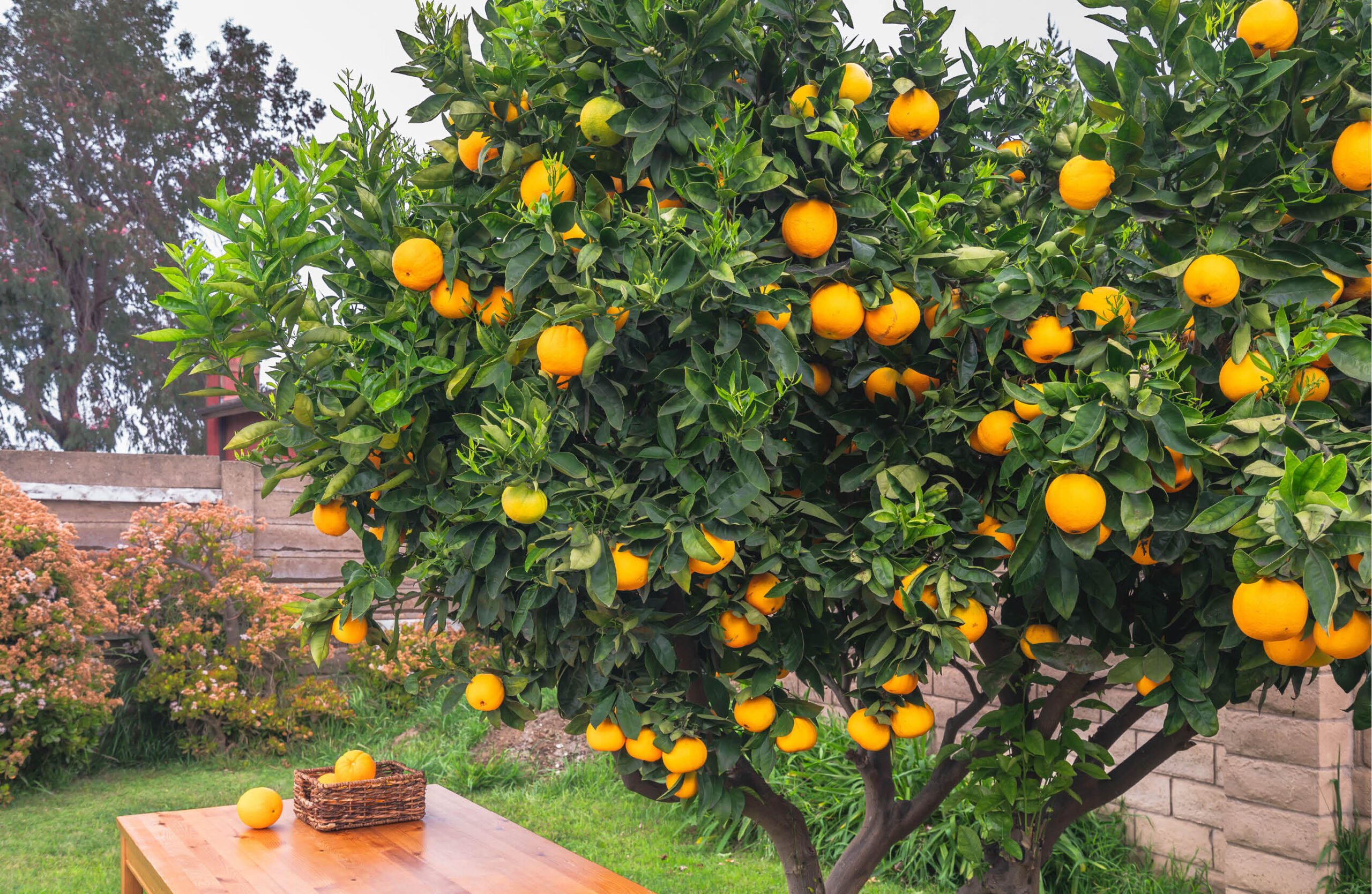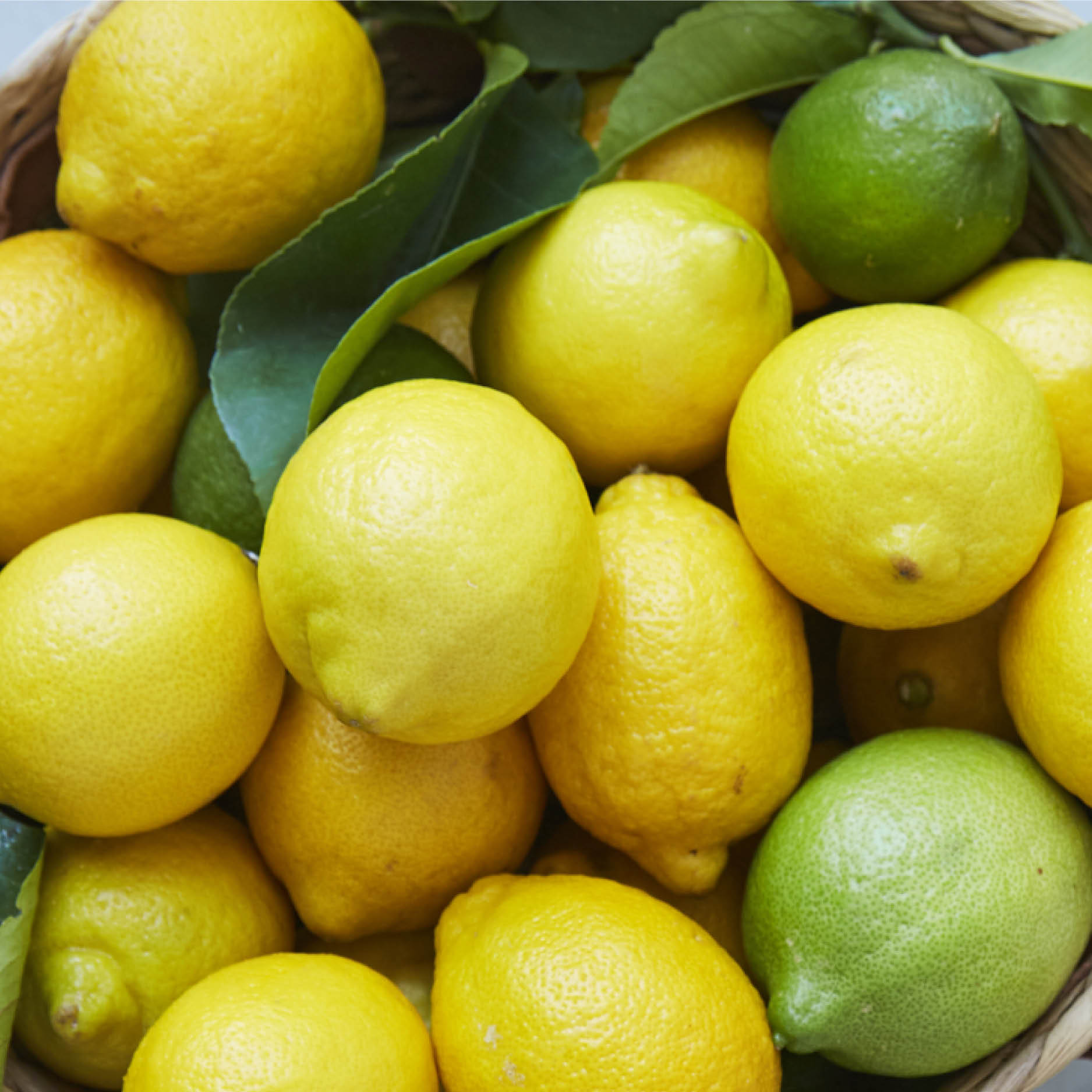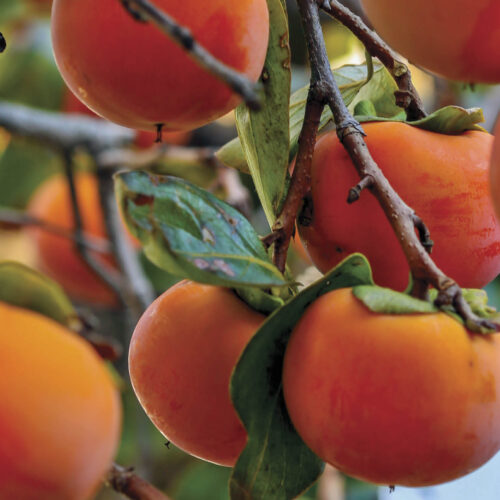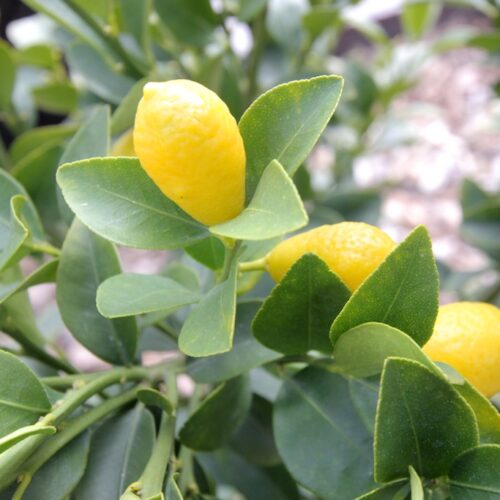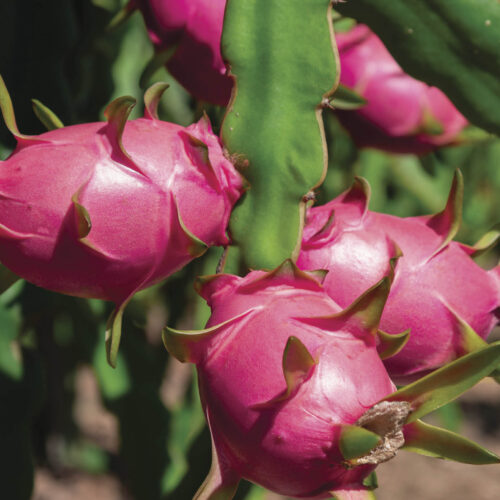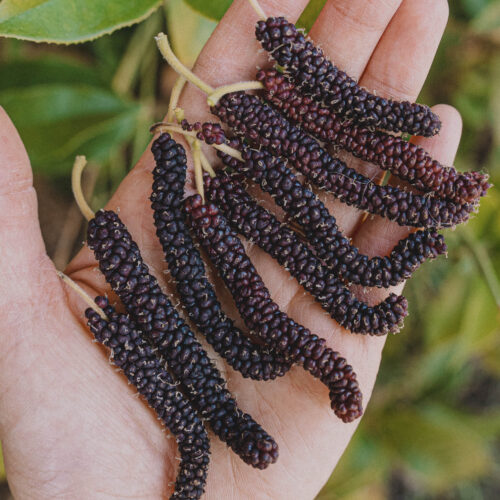Soil secrets for citrus success
2022-06-22T03:37:17+10:00
There's many aspects of citrus growing that ensure success (climate, tree choice and where you plant it, for example) but it all starts with the soil, writes Helen McKerral.
An old gardening motto is: ‘Plant a $10 tree in a $20 hole’. It’s an exaggeration but the core message is true: soil preparation is worth the effort. Your trees will fruit for decades, and excellent preparation saves money, fertiliser, water and remedial sprays, because vigorous trees not only bear more heavily but resist disease better than those that sulk.
Citrus loathe waterlogging, so avoid low-lying areas. If your entire garden becomes seasonally waterlogged, raise planting areas at least 40cm using quality loam in addition to the materials below, or use containers.
Prepare a 1.5m diameter planting area when soil is moist but not wet. Fork without digging deeply into subsoil. On sloping sites with shallow topsoil, raise low sides of slopes with a semi-circle of rocks or bricks to create a level area; you may need extra loam, potting mix and/or compost. Next, sprinkle over soil improvers:
- In alkaline soils above pH7, iron is less available and citrus leaves will yellow. To acidify and thus reduce pH, add sulphur at recommended rates for your soil type (clay or sand). You can buy simple pH testing kits at garden centres or online.
- To clay soils, add 2kg gypsum/sqm to improve drainage.
- To all soils, add a large (70L) bag of potting mix to improve drainage and increase organic matter.
- To sandy soils, such as those found in Western Australia, add 5–10kg bentonite or kaolin/sqm to reduce water repellency and improve nutrient retention. If possible, add .5–1kg/sqm of zeolite, too. Together at these rates, they are long lasting and shouldn’t need reapplication. Find these at garden centres or hardware stores.
- To soils that are particularly low in organic matter, add a barrow of mature compost.
Next, thoroughly fork through the additives, creating a mound that’s slightly higher than the surrounding soil. A shallow depression on top assists watering; make this deeper in regions with dry summers. Mulch well, water and wait several weeks before planting.
You’ll find more citrus success tips and an easy reference troubleshooting guide in our Winter 2022 issue (OG 134) available at newsagents and supermarkets as well as online.


